sample-238-Rembrandt
Rembrandt loves Washi very much.
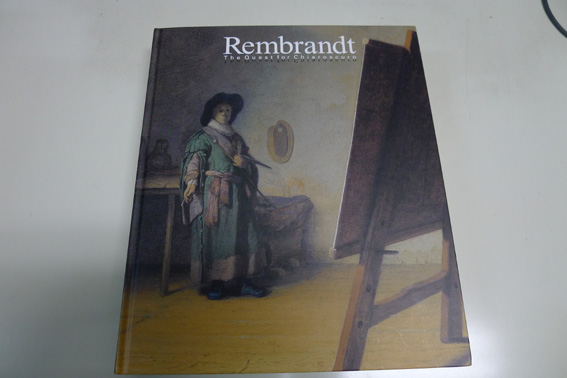 |
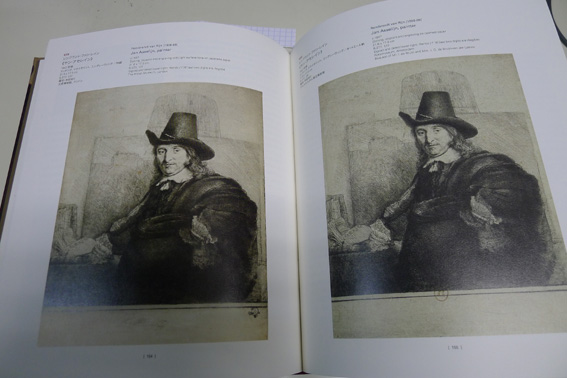 |
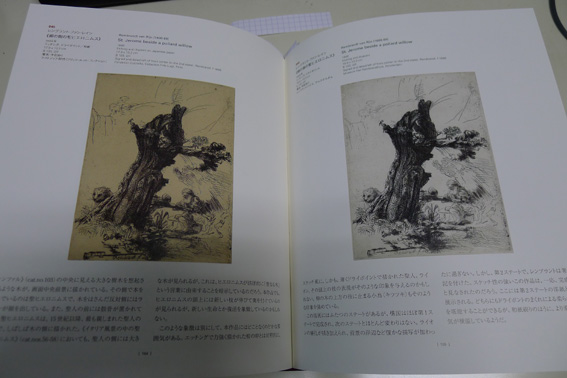 |
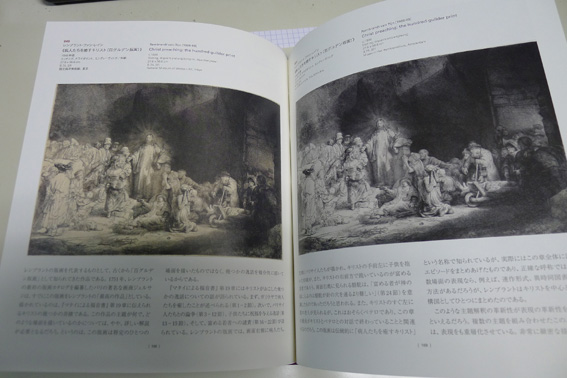 |
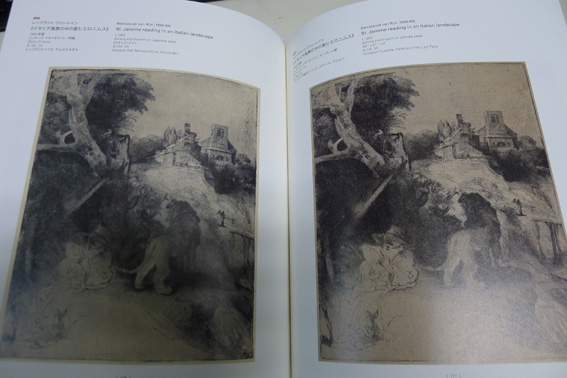 |
Why Rembrandt use Washi.
|
西洋の紙(洋紙)は白く、そこに印刷された版画は明暗のコントラストが鮮明で、鋭角的な 和紙は、インクによく反応するが、紙の中には浸透させず、インクを表面にとめおく性質 和紙は、インクによく反応し、プレスするのに大きな力が要らない。原版の磨耗を 和紙の多くが第1ステート(初版刷り)で使われていることは、原版の磨耗を最小限 和紙には独特の絹のような光沢と風合いがあり、洋紙と比較して明らかに魅力的 「試し刷り」が同時に「豪華限定版」とは、一見矛盾した考え方に思えるが、
|
レンブラントはドライポイント技法を駆使して、魅力的な作品を作る先駆け的存在である。 ドライポイントは版の表面をグラウンドで覆う必要もなく、腐食のための酸も要らず、 雁皮の繊維の長さは3-5mm。一方洋紙(コピー用紙など)の繊維の長さは1-2mm。 雁皮は表面が緻密かつなめらかで、「親油性」に優れているため、強い圧力を その後19世紀になると、パリには世界中の紙が集まるようになった。その中には その頃には、レンブラントが愛した雁皮(がんぴ)紙ばかりでなく、「局紙(きょくし)」 明治以降、大蔵省印刷局で紙幣用紙として開発されたために「局紙」と呼ばれ、 雁皮は栽培ができないが、三椏は可能なため、雁皮の代用に製紙原料として必要な 現在も「局紙」という名前は残っているが、原料は本来の三椏のものばかりでなく、
|
| March 12-June 12 / 2011 National museum of western art.Tokyo |
| June 25 - September / 2011 Nagoya city are museum |
Why Rembrandt use Washi. Weateren paper is very white. Washi absorb ink very well. Washi can quick response to the ink. He use washi 1st state (beging print edition). Washi have Silky luster. Washi is attractive. (written by AKIRA KOFUKU) |
GANPI have about 3-5 mm length fiber. Ganpi's surfaces is very dense and smooth. Rembrandt loves Ganpi very much. (written by Masami SAKAMOTO) |
Gampi & Mitshumata special card "KYOKUSHI"
This page is maintained by Yoshinao SUGIHARA.
Washi Sommelier and Washi Curator.
SUGIHARA WASHIPAPER, INC.
e-mail:sugihara@washiya.com
http://www.washiya.com/
Fax 81-778-42-0144
Please contact me anything about mentions on this page, questions, opinions, etc.
Also it's more than welcome to have Links to your home pages. All right reserved Copyright(C)Yoshinao SUGIHARA
www.washiya.com


